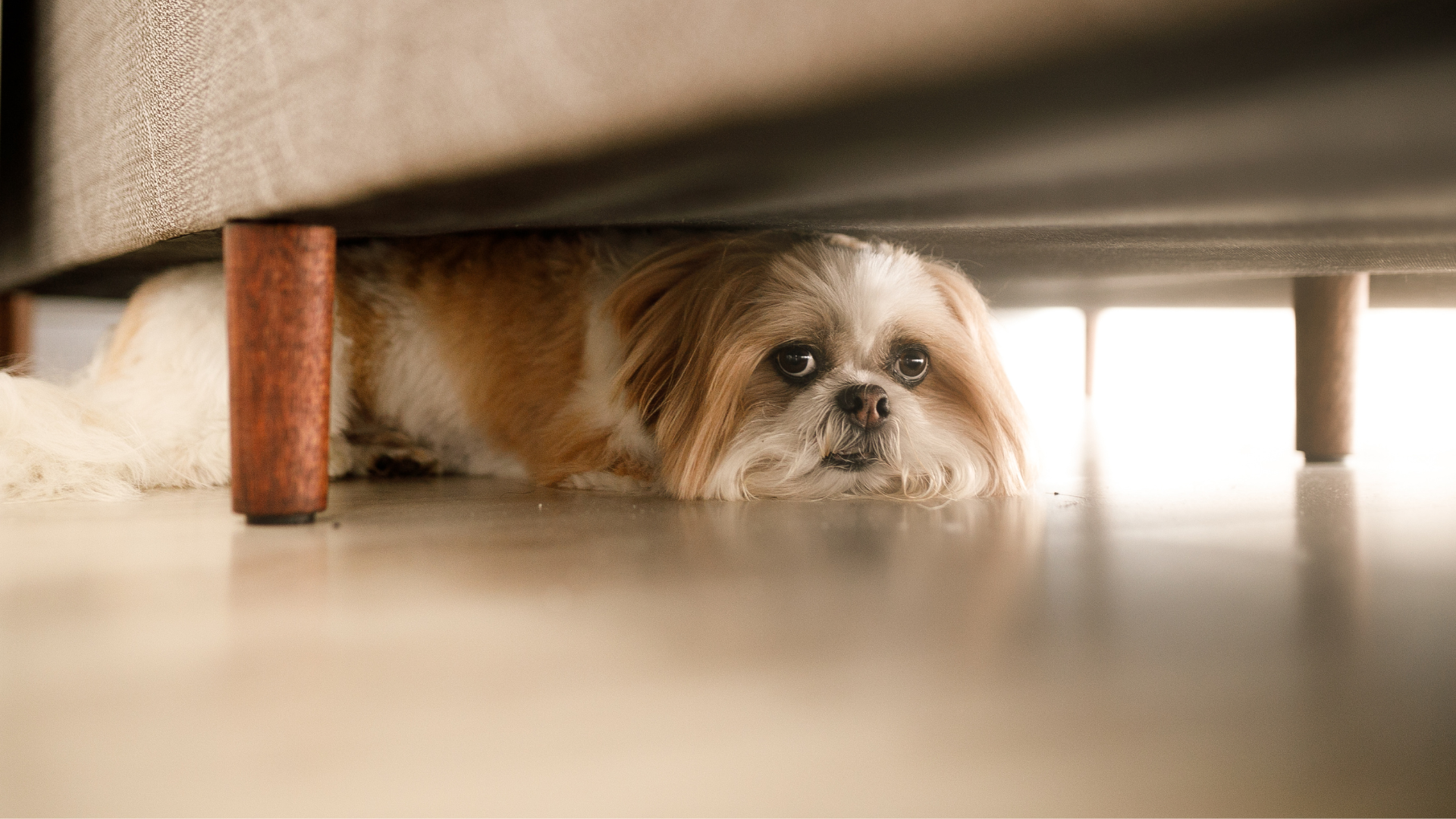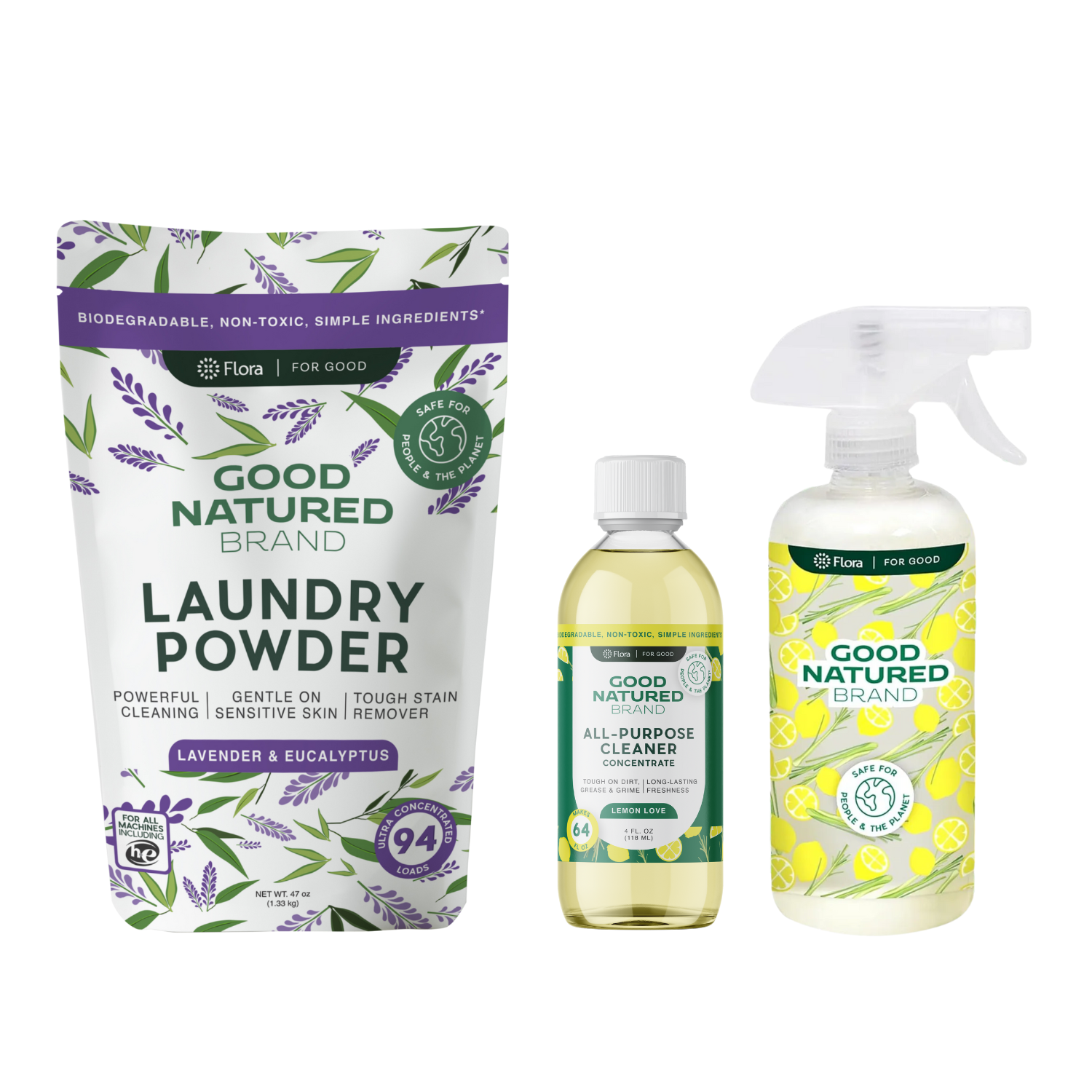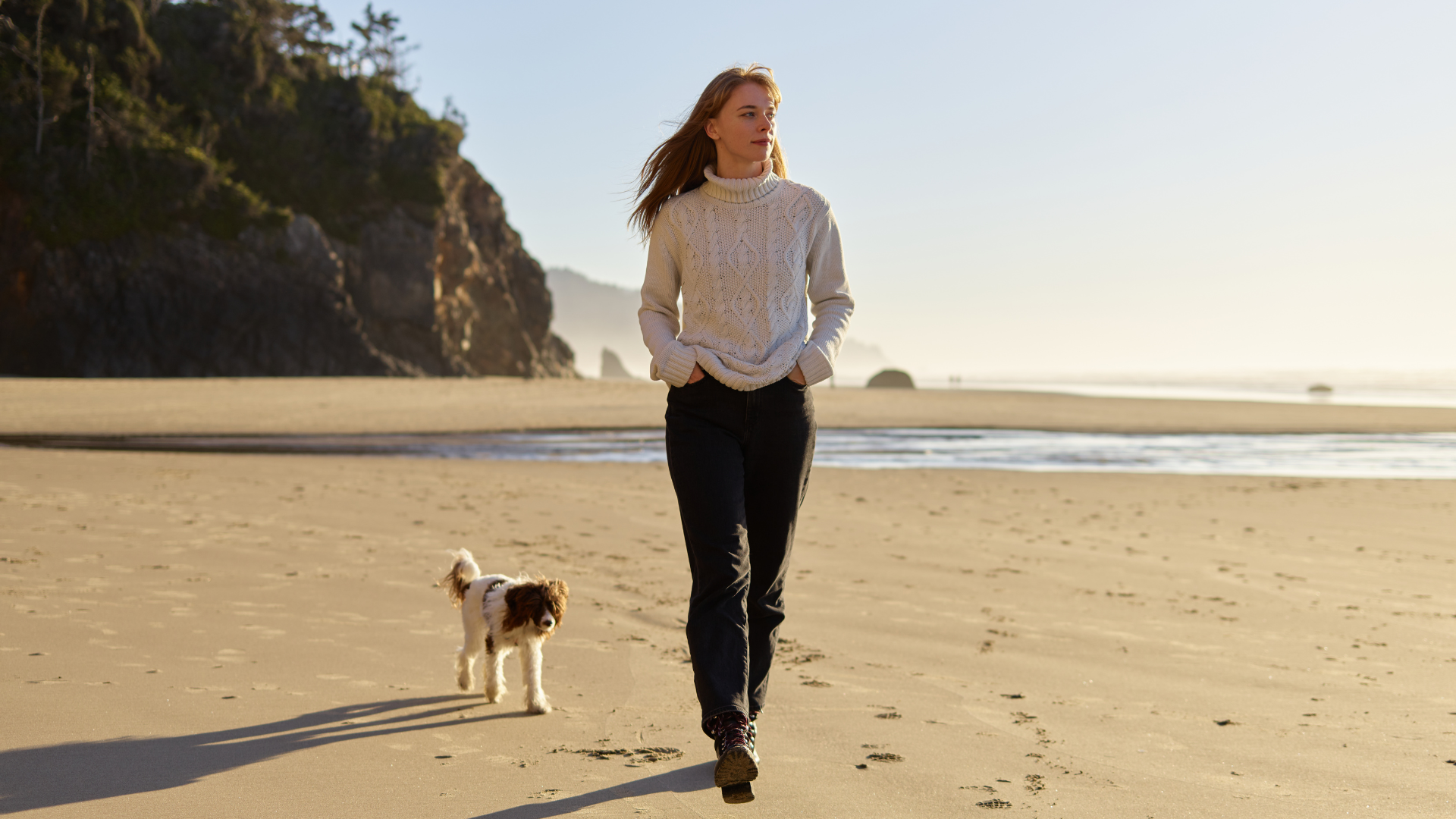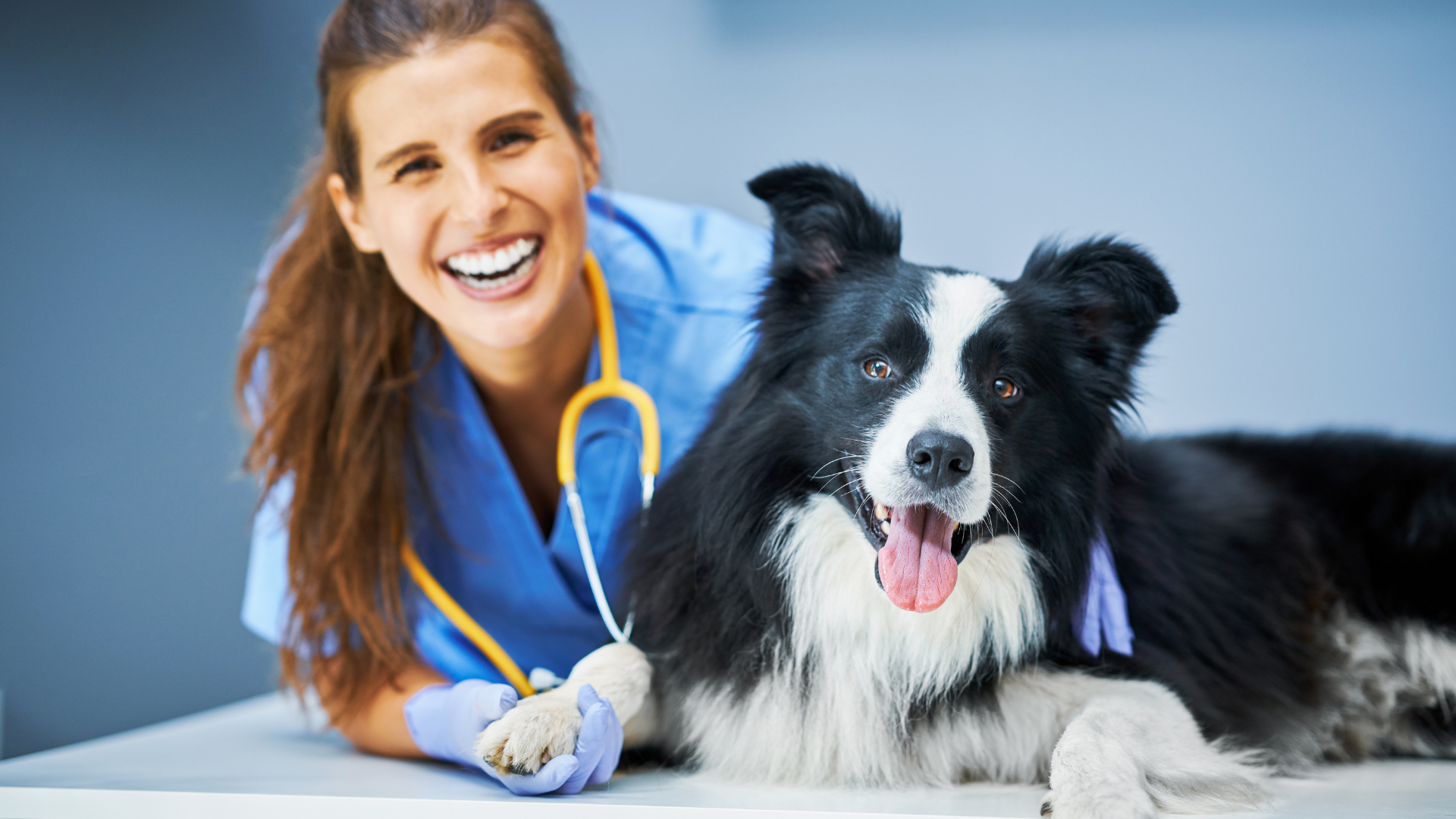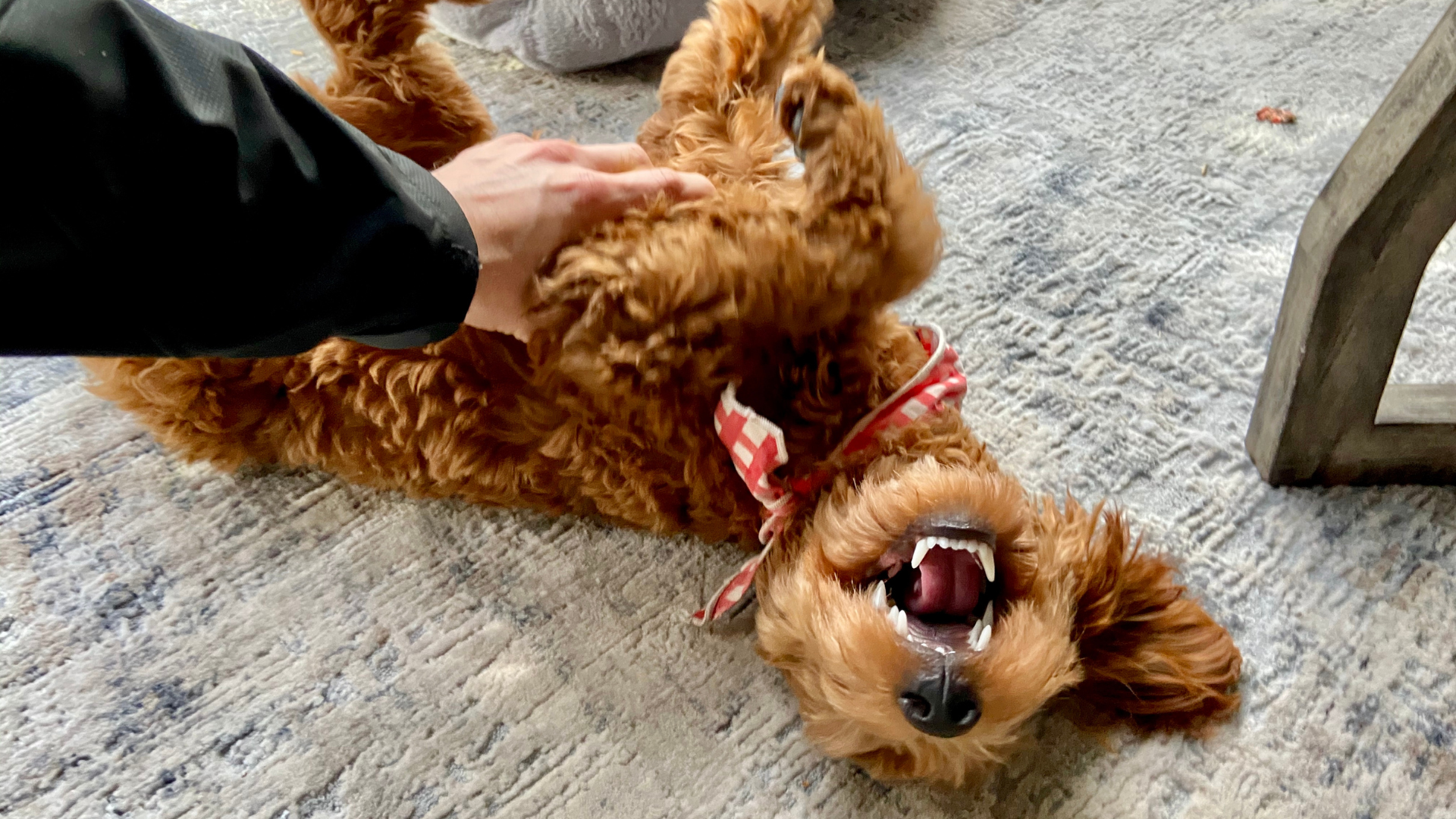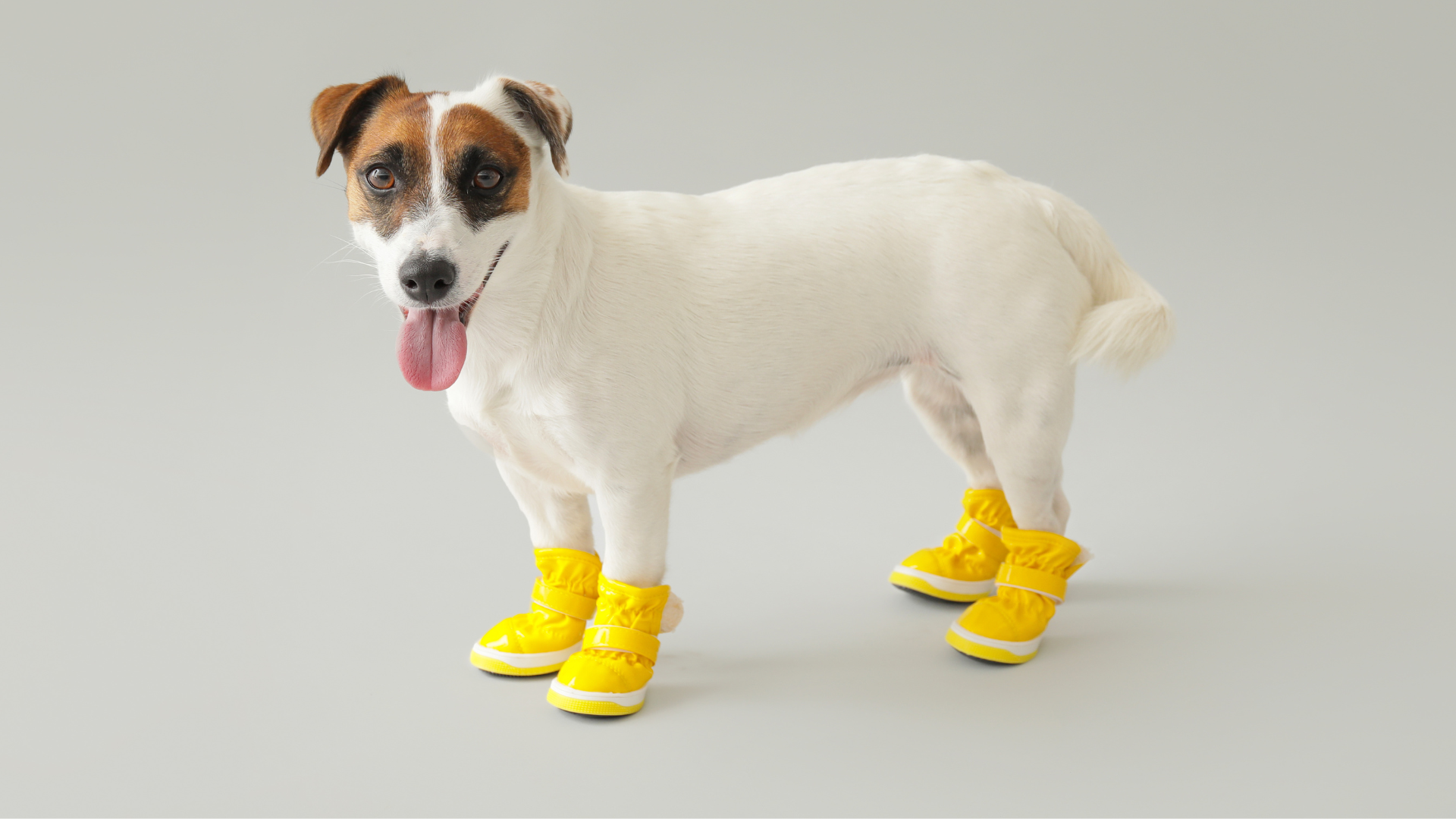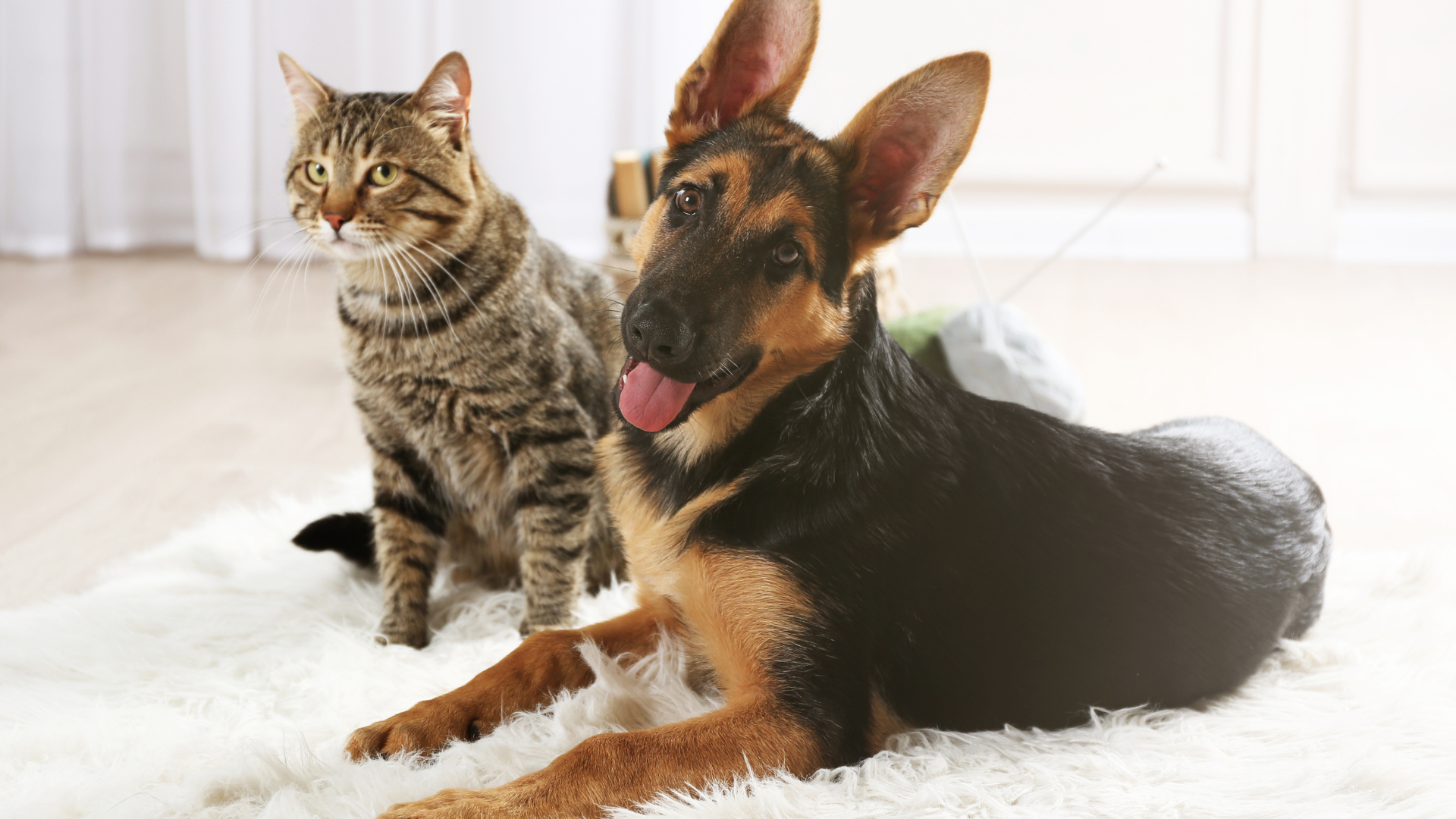Dogs are known for their loyalty, playfulness, and ability to adapt to different environments. However, despite their tough exteriors, many dogs are surprisingly fearful of things that seem completely harmless to us. From the sound of a vacuum cleaner to the presence of a cucumber, dogs can develop fears of the weirdest things. Understanding these fears and why they occur is essential for ensuring your dog’s well-being and helping them feel safe and secure.
In this first part of our blog, we’ll explore some of the most bizarre things that dogs are afraid of, dive into the science behind their fears, and offer insights into how you can help manage your dog’s fear-based behaviors.
The Role of Instincts in Canine Fears
Dogs have evolved from wild animals that needed to be constantly alert to survive. Much of their behavior, including fear, is rooted in survival instincts. Even though domestic dogs no longer face the same dangers as their wild ancestors, many of these instincts remain intact.
One of the most basic instincts in dogs is the fight-or-flight response. When faced with something they perceive as a threat, dogs will either try to escape or confront the source of their fear. In modern domestic dogs, this can manifest as anxiety, barking, or in some cases, extreme fear or avoidance of certain objects or situations.
Interestingly, dogs’ heightened sense of smell and acute hearing often cause them to react to things that we may not even notice. For example, a dog might be frightened by the sound of a vacuum cleaner because it produces vibrations and frequencies that are much more intense for them than for us. Similarly, a dog might react to a cucumber because of its sudden appearance and the unfamiliar shape or scent.
How Past Traumas or Experiences Can Shape Fears
While some fears in dogs are instinctive, others develop from past experiences, particularly negative ones. Dogs that have experienced trauma or abuse may develop irrational fears as a result of their history. For example, a dog that was previously frightened by loud noises, such as fireworks or thunderstorms, may become fearful of similar sounds in the future, even if they aren’t dangerous.
In addition to traumatic events, a lack of proper socialization during puppyhood can also contribute to fear-based behaviors in adulthood. If a dog hasn’t been exposed to certain objects, sounds, or environments during their critical developmental period, they may be more prone to fear or anxiety when encountering these things later in life.
If your dog has had a negative experience with a particular object, like a broom or certain household item, they may develop a fear of that object even if it’s harmless. This is why some dogs are afraid of seemingly normal things like mirrors, kitchen appliances, or even specific shoes.
Weird Things Dogs Are Afraid Of
Now that we understand some of the underlying reasons for dog fears, let’s explore some of the most bizarre things that dogs are often afraid of. While these fears may seem irrational to us, they can be very real and distressing for your dog.
Vacuum Cleaners
It’s no secret that many dogs are afraid of vacuum cleaners. The loud noise, sudden movement, and unfamiliar shape make it an intimidating object for many dogs. The sound of a vacuum can be especially unsettling for dogs with sensitive hearing, as it produces a high-pitched sound that’s much more noticeable to them than it is to us.
In some cases, the vacuum cleaner’s large size and powerful motor may make dogs feel threatened, even if they’ve never had a bad experience with it. The key to helping your dog overcome this fear is gradual desensitization. Start by turning the vacuum on from a distance and rewarding your dog with treats when they stay calm. Over time, you can gradually move closer until your dog learns to associate the vacuum with positive experiences.
Loud Noises (Thunder, Fireworks, etc.)
One of the most common and well-known fears in dogs is a fear of loud noises. Thunderstorms, fireworks, and even loud construction sounds can send dogs into a panic. The cause of this fear is often linked to the unpredictability and intensity of the noise. Dogs can hear sounds at frequencies that are much higher than we can, making loud noises even more startling for them.
For dogs that are particularly sensitive to loud noises, the fear may manifest as trembling, barking, hiding, or attempting to escape. Creating a safe space for your dog, such as a quiet room with soft music or calming scents, can help alleviate their anxiety. Some dog owners use calming products like pheromone diffusers to create a more soothing environment for their pets during noisy events.
Cucumbers
While it may seem strange, many dogs are afraid of cucumbers. The reason for this fear is largely visual and behavioral. When a cucumber is placed near a dog, it often appears suddenly, causing a startle response. The shape of the cucumber, combined with the surprise of its appearance, can trigger a fear response in some dogs. This is especially true if the dog hasn’t encountered a cucumber before or if they are already on edge.
Interestingly, this fear is often magnified when the cucumber is placed behind the dog while they are eating, causing them to react in fear when they turn around. The fear of cucumbers is not universal among all dogs, but it’s a good example of how visual surprises can lead to anxiety in some animals.
Certain Household Items
Dogs can sometimes develop irrational fears of specific household items, such as brooms, mops, or even the ironing board. These objects may remind dogs of movements or sounds that were previously frightening, such as the sweeping motion of a broom or the sound of the mop handle hitting the floor.
The fear of household items can also be linked to a lack of exposure or negative associations. For instance, if a dog was ever accidentally knocked by a broom or startled by the sound of a vacuum cleaner, they may develop an ongoing fear of similar items.
Mirrors
Many dogs are terrified of mirrors. When dogs see their reflection in a mirror, they often don’t recognize themselves, which can cause confusion and fear. Some dogs may bark at their reflection, thinking it’s another dog, while others may become anxious or avoid the mirror altogether.
The fear of mirrors is often related to a lack of understanding of the concept of self-recognition. Unlike humans, dogs don’t necessarily understand that their reflection is an image of themselves. This can lead to confusion, and in some cases, it may trigger fear-based responses.
Feet and Shoes
While it might seem harmless to us, some dogs have a fear of feet or shoes. This can be especially true if a dog has had a negative experience involving feet, such as being stepped on or having their paws accidentally touched in a way that caused discomfort. In some cases, dogs may fear shoes due to their size or unfamiliar scent, or because they associate shoes with something like a walk, which may be overwhelming for certain dogs.
If your dog is afraid of feet or shoes, it’s important to approach them calmly and gently. Gradually desensitizing your dog to these objects by pairing them with positive experiences, such as treats or praise, can help reduce the fear over time.
The Science Behind Fear of Household Items
Dogs’ fear of seemingly harmless household items, like vacuums or mirrors, can be attributed to several factors. One key factor is their heightened sensitivity to visual and auditory stimuli. Dogs have a much sharper sense of hearing than humans, so they may be startled by the sounds of household appliances that we hardly notice. Additionally, dogs are naturally cautious creatures, and anything that moves suddenly or unpredictably can trigger their fear response.
For instance, the vacuum cleaner’s noise and movement may remind a dog of a predator or a threat in the wild, prompting them to react with fear. Similarly, mirrors can be confusing for dogs because they don’t understand the concept of reflections. As a result, they may view the mirror as a strange and potentially threatening object.
Recognizing the Signs of Fear in Dogs
Before you can address your dog’s fears, it’s important to recognize the signs that they are indeed afraid. Dogs express fear in various ways, and being able to identify these behaviors is key to understanding how to help them.
Common Signs of Fear
-
Trembling or Shaking: A common physical response to fear.
-
Hiding or Avoiding: Dogs may attempt to escape the situation by hiding under furniture or in a quiet corner.
-
Whining or Barking: Vocalizations may indicate distress.
-
Pacing or Restlessness: Anxiety can cause your dog to pace or appear overly agitated.
-
Excessive Drooling: Fear-induced drooling or salivation is a common sign of anxiety.
-
Cowering or Tucking the Tail: Dogs may crouch down, flatten their ears, or tuck their tail between their legs when they are scared.
If you notice these signs, it’s essential to act quickly and address the cause of the fear in a way that’s gentle and reassuring for your dog.
How to Help Your Dog Overcome Their Fears
Helping your dog overcome their fears takes time, patience, and understanding. Using positive reinforcement and desensitization techniques can be highly effective in reducing fear responses.
Desensitization: Gradually Introducing the Fearful Stimulus
Desensitization is a technique where you gradually expose your dog to the source of their fear in a controlled and non-threatening manner. The goal is to slowly reduce your dog’s anxiety by making them accustomed to the stimulus over time. For example, if your dog is afraid of vacuums, you can start by introducing them to the vacuum cleaner in the off position. Reward your dog with treats and praise when they show calm behavior. Over time, you can turn the vacuum on for brief moments, gradually increasing the duration as your dog becomes more comfortable.
This method works for various fears, including loud noises, unfamiliar objects, or even certain people. The key is to go at your dog’s pace and never overwhelm them.
Counterconditioning: Pairing Fear with Positive Reinforcement
Counterconditioning is another powerful technique that involves changing your dog’s emotional response to a feared stimulus by associating it with something positive. For example, if your dog is afraid of thunder, you can create positive associations by offering treats or playing their favorite game during thunderstorms. This helps them link the noise of the thunder with something pleasant, which can reduce anxiety over time.
For other fears, such as the fear of cucumbers or mirrors, you can try using counterconditioning by offering rewards whenever your dog is near the feared object or remains calm in its presence.
Providing a Safe Space
Creating a safe space for your dog to retreat to when they feel scared can significantly reduce their anxiety. This area should be quiet, comfortable, and free from any fear-inducing stimuli. It could be a crate, a specific room, or a quiet corner of the house where your dog can go to feel secure. Make sure this space is stocked with comforting items like soft bedding, toys, and treats.
During stressful situations, such as when there’s a thunderstorm or fireworks outside, encourage your dog to go to their safe space and provide reassurance without forcing them to interact with the source of their fear. Let them stay there as long as they need to until they calm down.
Calming Products for Anxious Dogs
There are several calming products available that can help reduce anxiety and make your dog feel more at ease. These products work by promoting relaxation and creating a soothing environment, helping your dog cope with their fears in a more manageable way.
Pheromone Diffusers
Pheromone diffusers release calming scents that mimic the natural calming pheromones mother dogs use to soothe their puppies. These diffusers can help alleviate anxiety and make your dog feel more secure. Placing a diffuser in the area where your dog spends most of their time can provide a consistent sense of comfort, especially during stressful situations.
Calming Treats and Supplements
Certain treats and supplements are formulated to reduce anxiety in dogs. Ingredients like chamomile, valerian root, and L-theanine have natural calming effects that can help ease your dog’s nerves. Administering these treats before a stressful event, such as a trip to the vet or during a storm, can help prevent excessive fear-based behavior like paw licking or hiding.
Calming Music
There are several music playlists designed specifically to calm anxious dogs. These playlists often feature soothing sounds, such as classical music or white noise, that can help create a peaceful atmosphere. Playing calming music can be particularly helpful during thunderstorms or when your dog is left alone for an extended period.
Anti-Anxiety Jackets
Anti-anxiety jackets, such as the Thundershirt, apply gentle, consistent pressure to your dog’s torso, which has a calming effect similar to swaddling a baby. These jackets can be worn during stressful situations like fireworks, trips to the vet, or during thunderstorms to help reduce anxiety.
When to Seek Professional Help
While many cases of fear in dogs can be managed at home with positive reinforcement and behavioral techniques, some situations require professional intervention. If your dog’s fear is severe or persistent, or if they are engaging in destructive behavior due to anxiety, it’s time to seek help from a veterinarian or dog behaviorist.
Veterinary Care for Fearful Dogs
A veterinarian can help identify any underlying health issues that may be contributing to your dog’s fear, such as pain, allergies, or neurological conditions. If your dog’s anxiety is severe, your vet may recommend medication to help manage their symptoms. Anti-anxiety medications or sedatives can provide temporary relief while you work on behavioral modifications.
Dog Behaviorists and Trainers
A professional dog behaviorist or trainer can help develop a customized plan to address your dog’s fears. They can provide hands-on guidance for using desensitization, counterconditioning, and other techniques to help your dog become more comfortable in fear-inducing situations. A trainer can also assist with identifying triggers and adjusting your dog’s environment to promote a sense of safety.
Keeping Your Dog Calm at Home
Creating a calm and secure environment at home is crucial for managing your dog’s fears. By minimizing stressors and providing a soothing atmosphere, you can help prevent your dog’s anxiety from escalating.
Maintaining a Clean and Calm Environment
A clean environment can contribute to your dog’s overall sense of well-being. Using products like Carpet Deodorizers to remove odors and allergens from your home can reduce environmental triggers that may cause anxiety. Keeping your dog’s bedding and toys clean with Laundry Powders will also help reduce any irritants that might contribute to their fear responses.
Keeping Noise Levels Low
Loud or sudden noises can easily startle a dog, especially if they’re already prone to fear. Try to keep noise levels low at home by avoiding loud music, sudden bangs, or clattering. If your dog is afraid of vacuum cleaners, for example, make sure to vacuum at a time when they’re not present or when they’re in their safe space.
Creating a Routine
Dogs thrive on routine, and having a predictable daily schedule can reduce their anxiety. Regular feeding times, exercise, and rest periods provide a sense of security and help your dog feel in control of their environment. When they know what to expect, they’re less likely to be startled by sudden changes or unfamiliar situations.











